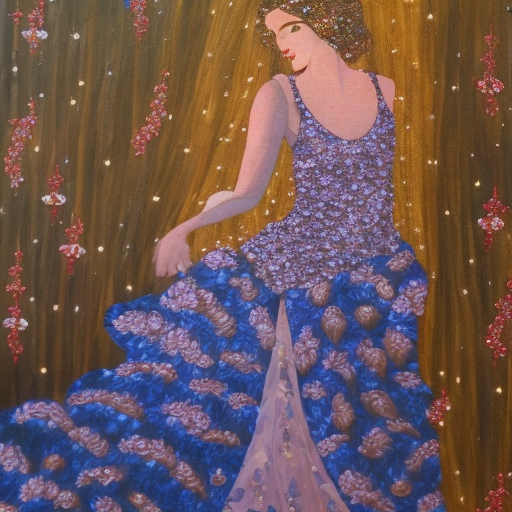Summary: An evening gown is a formal dress worn by women for special occasions, typically in the evening. It is characterized by its elegant and sophisticated design, often featuring luxurious fabrics, intricate details, and a floor-length silhouette. Evening gowns are commonly worn to events such as galas, formal dinners, award ceremonies, and weddings.
History of Evening Gowns
Evening gowns have a long and rich history, dating back to ancient times. In ancient Greece, women wore flowing, draped garments known as chitons for formal occasions. These garments were made from lightweight fabrics and were often embellished with jewelry. In the Middle Ages, women wore elaborate gowns with tight bodices and voluminous skirts, often made from luxurious fabrics such as silk and velvet.
During the Renaissance, the silhouette of evening gowns evolved, with the introduction of corsets to create a narrow waistline and emphasize the bust. The gowns were often adorned with lace, embroidery, and jewels. In the 19th century, evening gowns became even more elaborate, with the use of crinolines and bustles to create exaggerated shapes. The Victorian era saw the rise of ball gowns, which were worn for formal dances and featured full skirts and low necklines.
Characteristics of Evening Gowns
Evening gowns are known for their elegance and sophistication. They are typically made from luxurious fabrics such as silk, satin, chiffon, or velvet. These fabrics drape beautifully and add a touch of glamour to the gown. Evening gowns often feature intricate details such as beading, sequins, lace, or embroidery, which enhance their overall aesthetic appeal.
The silhouette of an evening gown is usually floor-length, with a fitted bodice and a flowing skirt. The neckline can vary, ranging from strapless to halter, sweetheart, or V-neck. Some evening gowns may also have sleeves or capes for added drama. The back of the gown can be open or adorned with intricate details such as buttons or a keyhole.
Types of Evening Gowns
There are various types of evening gowns, each suited for different occasions and personal preferences. Some popular types include:
Conclusion
Evening gowns are timeless garments that exude elegance and sophistication. They have evolved over centuries, reflecting changing fashion trends and societal norms. From ancient Greece to the modern red carpet, evening gowns continue to be a symbol of glamour and style. Whether it’s a ball gown, mermaid gown, A-line gown, or sheath gown, each style offers its own unique charm and is designed to make women feel beautiful and confident on special occasions.












